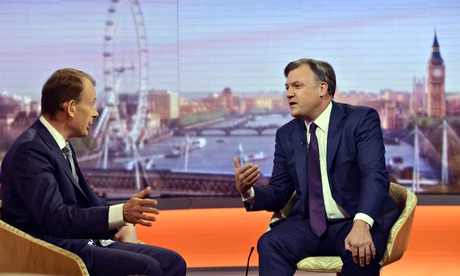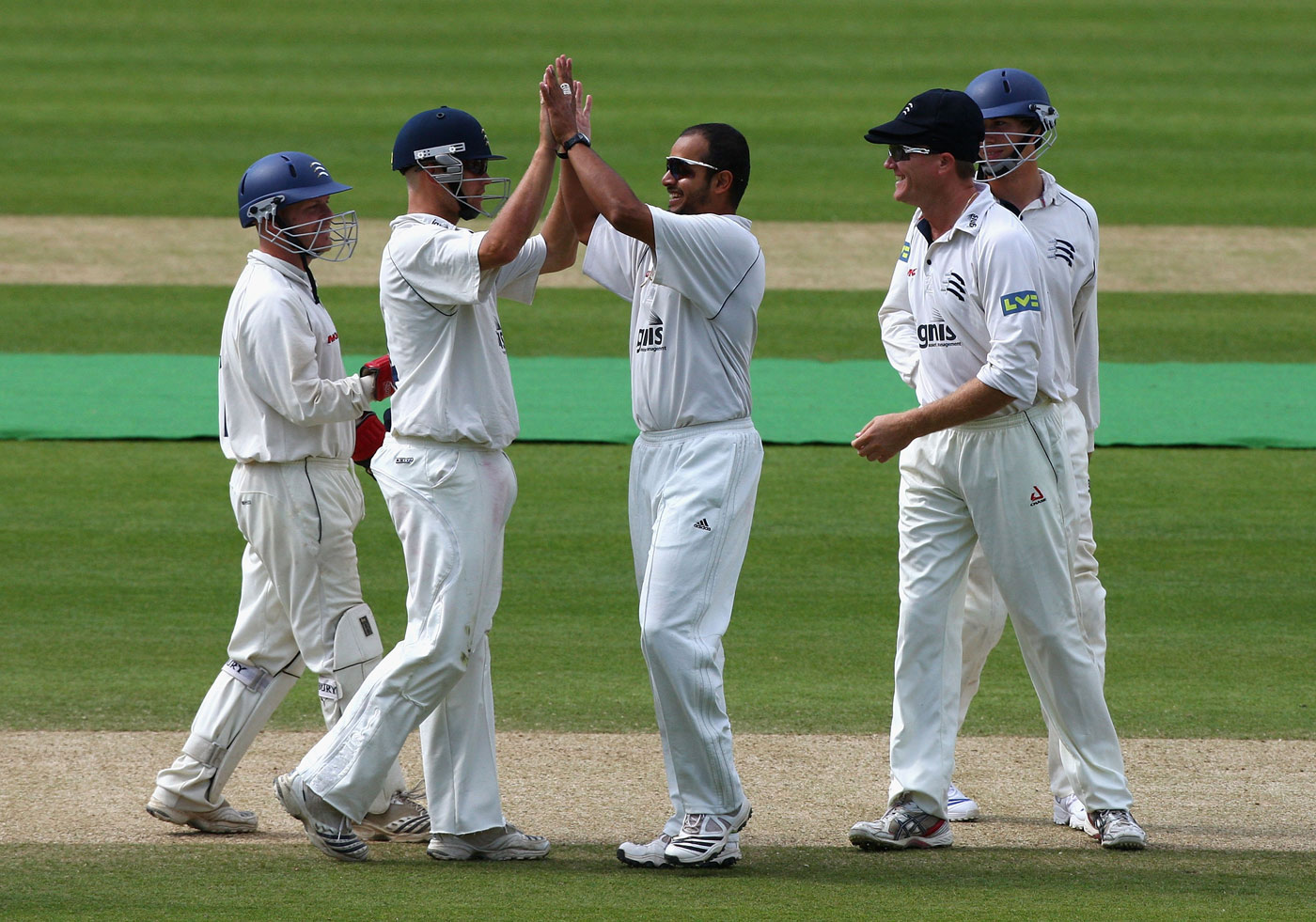|
The idea that we should respond to cricketers in purely cricketing terms is a piety that cripples commentary on the game. Cricket commentary’s organizing conceit — that at every turn in a Test there is a technically optimal choice to be made — produces formalist bromides that explain neither the course of the match nor the performances of its main characters.
A good example of the technicist fallacy was Michael Holding’s criticism of Sri Lankan bowling tactics during the second innings of the second Test at Headingley. The Sri Lankan pacemen were bowling short at Joe Root (picture) who wasn’t comfortable. He was hit on the splice, on his gloves, on the body which encouraged the Sri Lankans to work him over for about half an hour. This provoked Holding into Fast Bowling Piety One: bowling short is all very well but you have to pitch it up to take wickets.
Coming from Holding, one of the great West Indian quartet that unnerved a generation of batsmen with scarily fast and lethally short bowling, this was greeted in the Sky commentary box with general hilarity. Holding insisted that the tales of West Indian bouncer barrages were overstated and offered as proof the number of batsmen who were out lbw or bowled. Botham, from the back of the box offered an explanation: the balls must have ricocheted off their faces on to the stumps.
Nasser Hussain spoke up to make the point that Joe Root seemed to have provoked the Sri Lankans while they were batting, and they, in turn had decided to see if they could sledge and bounce him into submission. Given Root’s visible discomfort, Hussain argued that a short burst of intimidatory bowling was a reasonable tactic.
In response Holding produced his clinching cautionary tale: opposing fast bowlers once peppered Michael Clarke with short balls and he ducked and weaved and got hit but he had the last laugh by scoring more than 150 runs in that innings. Middle-aged desis recalled a very different precedent: the 1976 Test in Sabina Park where the West Indian pace attack led by Holding hospitalized three top order Indian batsmen with a round-the-wicket bouncer barrage and battered Bedi’s hapless team into surrendering a match with five wickets standing because the batsmen who weren’t injured were terrified.
Holding was a member of the West Indian team that ruthlessly ‘blackwashed’ England after Tony Greig stupidly provoked the West Indians by promising to make them grovel. His inability to see that Mathews’s targeting of Root was a symptom of an angry team’s determination not to take a step back was a sign of how completely the conventions of cricket commentary can distract intelligent commentators from the real contest unfolding in front of them.
Sri Lankan teams have long felt slighted by the ECB’s habit of offering them stub series or one-off Tests early in the English season. They have been treated like poor relations and this time round they felt not just patronized but persecuted by the reporting of Sachithra Senanayake’s bowling action during the ODI contests that preceded the two-Test ‘series’. It was this sense of being hard done by, this collective determination to be hard men, not game losers that played a part in Senanayake’s Mankading of Jos Buttler, in Angelo Mathews’s refusal to withdraw Senanayake’s appeal and in the public support that Sangakkara and Jayawardene gave Senanayake when Cook and Co. threw a hissy fit afterwards. And it was this keenness to give as good as they got that spurred the Sri Lankan captain to go after Joe Root who had been noticeably chirpy in the field.
That passage of play, with the Sri Lankans bouncing and sledging Root and Root battling it out, was the series summed up in half a dozen riveting overs. This is not to argue that short pitched bowling is more effective than pitched up bowling when it comes to taking wickets: merely to suggest that producing axiomatic pieties as a commentator without accounting for context is pointless.
If Mathews had persisted with a failed tactic over the best part of the day as Cook did when Mathews and Herath were building their rearguard action, Holding might have had a case. But he didn’t, so Holding’s inability to recognize that this spell of short pitched hostility was a flashpoint in this two Test struggle for superiority is a good example of the way in which orthodox nostrums glide over the action they are meant to illuminate.
It wasn’t just Holding who lost the plot in the Sky commentary box, so did David Lloyd. When Mathews began sledging Root and, in spite of remonstrating umpires, calmly carried on sledging Root, a historically minded commentator might have seen him as a worthy heir to Arjuna Ranatunga, that smiling, pudgy, implacable eyeballer of umpires, winder-upper of oppositions and, by some distance, Sri Lanka’s greatest captain.
But all Bumble saw was a captain who, because he was sledging Root, had lost focus and lost control of the match. So what for the rest of the world was a spell of purposeful hostility with Mathews testing Root’s will to survive, was for Lloyd, a failure by the Sri Lankan captain to focus on his main job, thinking Root out.
Just as Mathews’s sledging was read without context, the larger contest between England and Sri Lanka went unframed. On the one hand there was the English team backed up by a prosperous, hyper-organized cricket board which surrounded its Test team with a support staff so large that journalists joked about it, and on the other there was a Sri Lankan team at war with its board, whose players frequently went unpaid and whose principal spinner, Rangana Herath, had to apply for leave from his day job before going on tour. I learnt more about the Sri Lankan team from one brilliant set of vignettes on Cricinfo (“The Pearl and the Bank Clerk” by Jarrod Kimber) than I did through 10 days of Test match commentary.
Do television commentators do any homework? Are they interested in the individuals in the middle or are the players they describe just interchangeable names on some Platonic team sheet? Virtually every commentator in the world is now a distinguished ex-cricketer; are these retired champions meant to embody totemic authority, to exude experience into a microphone, or should they pull information and insight together to tell us something that we can’t see or don’t know already?
One answer to that leading question might be that ball-by-ball commentary has, by definition, a narrow remit. The answer to that, of course, is that you can’t take a form that originated with radio where the commentator had to literally describe the action in the middle and transfer it to a different medium without redefining it.
Sky Sports’s stab at redefinition consists of more graphical information. We have pitch maps and batting wagon wheels which are useful, but surely the rev counter on the top right hand corner of the screen is an answer looking for a question. Does the fact that Moeen Ali gets more revs on the ball than Rangana Herath does make him the better spinner? Sky’s little dial seems to think so.
The best human insights on the Sri Lankan-England series came from Shane Warne and he wasn’t even in the commentary box. The series cruelly confirmed his criticisms of Alastair Cook’s captaincy: having moaned about Warne’s unfairness and huffed about Buttler’s Mankading, Cook led his team to defeat with all the grit of a passive-aggressive Boy Scout.
In the Sky box, we had Mike Atherton who earned a 2.1 in history at Cambridge but you wouldn’t known it from his commentary: he was as indifferent to time and context as his fellow commentators. Ian Botham was, as always, the Sunil Gavaskar of English commentary while the point of Andrew Strauss’s strangled maunderings escaped foreigners in the absence of subtitles.
The one exception to the tedium of Sky commentary was Nasser Hussain simply because he was alert to the politics of a cricket match, to the personal and collective frictions that makes Test cricket the larger-than-life contest that, at its best, it sometimes is. I like to think that the reason for this is that he’s called Nasser Hussain and has an Indian father and an English mother so he can’t pretend that cricket is a self-contained country.
Pace Holding, the rehearsal of textbook orthodoxy might be a necessary part of cricket commentary, but it ought to be a baseline on which good commentators improvise, rather like the tanpura drone that provides soloists with an anchoring pitch. Too often, though, cricket commentary amounts to just the drone without context, insight or information.
If English commentators are frustratingly literal and narrow, their Indian counterparts make Holding and Co. sound like John Arlott channelling C.L.R. James. Policed by the BCCI, desi commentators are so mindful of their contractual obligations and so formulaic in their utterances that they could be replaced by bots without anyone noticing.
Watching a cricket match glossed by the BCCI’s Own, is unnervingly like playing the FIFA video game with automated commentary, where software produces the appropriate cliché whenever the onscreen action supplies the necessary visual cues.
Readymade words for virtual football are bad enough but canned commentary on real cricket needs a special place in hell. Tracer bullets, kitchen sinks, cliff hangers, pressure cookers, sensible cricket, best played from the non-striker’s end, give the bowler the first half hour, leg-and-leg… it never stops, and its petrifying banality turns live cricket into lead. With five Tests to play, this is going to be a long, hot summer. Welcome to purgatory.
| 



